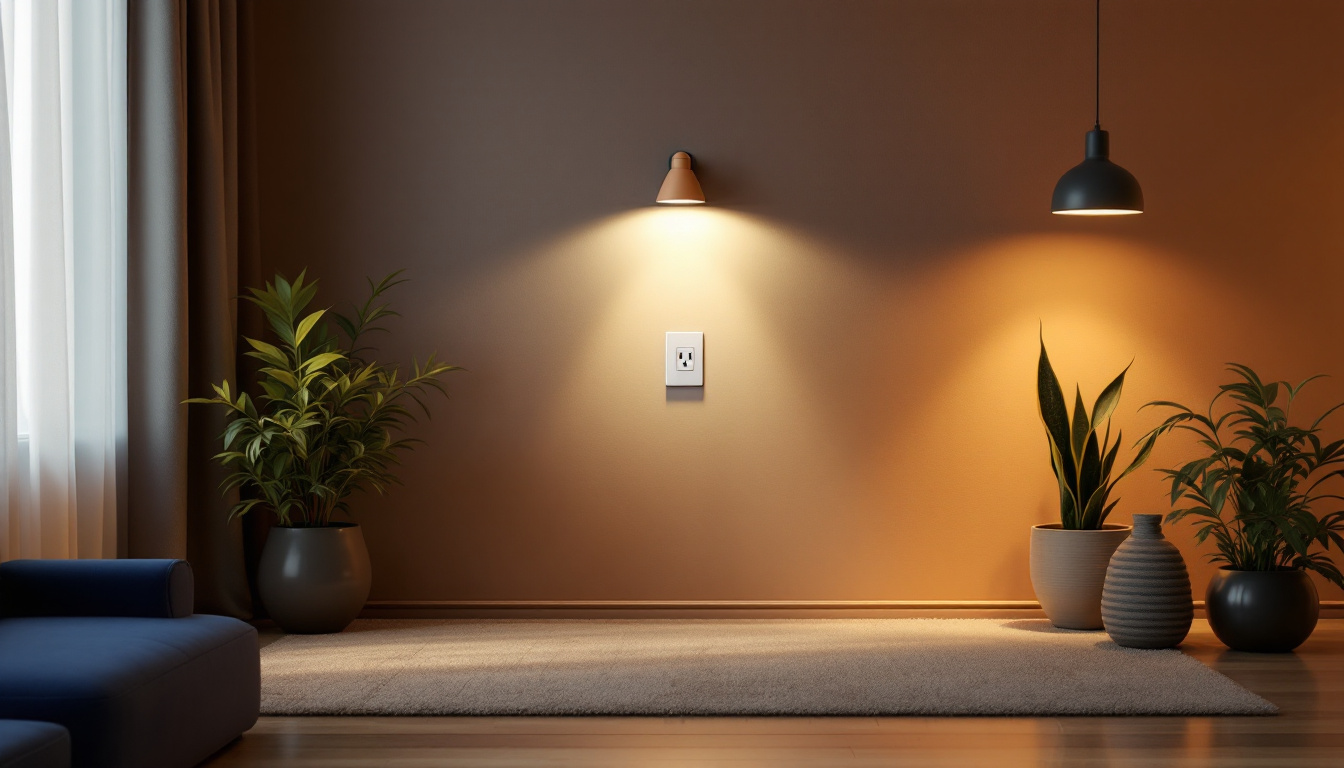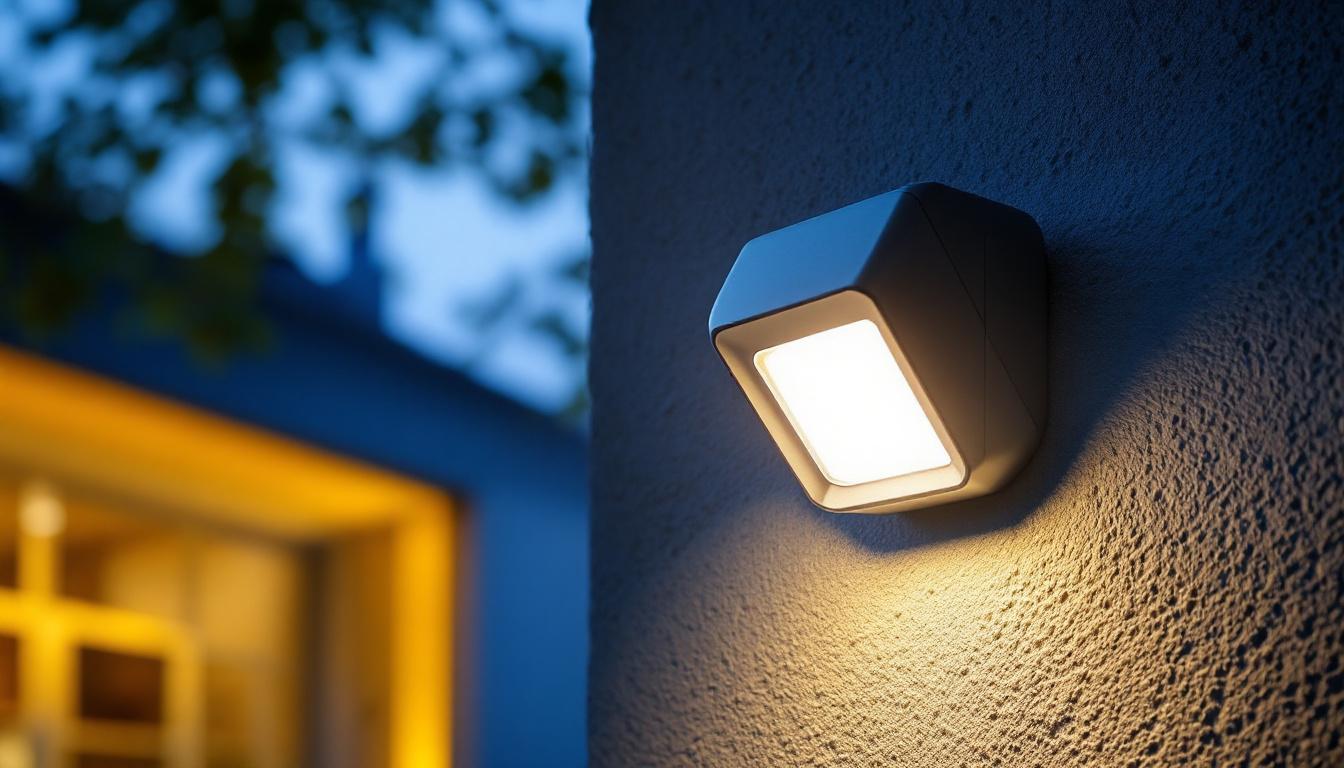
In the ever-evolving world of lighting technology, understanding the nuances between different wattages and their applications is essential for any lighting contractor. With the transition from traditional incandescent bulbs to energy-efficient LED options, the need for proper training has never been more critical. This article delves into the significance of training your team on LED bulbs ranging from 1 watt to 15 watts, ensuring they are equipped with the knowledge to make informed decisions and provide exceptional service to clients.
LED lighting has revolutionized the way spaces are illuminated, offering numerous advantages over traditional lighting solutions. As a lighting contractor, it is crucial to grasp the fundamentals of LED technology, especially when it comes to wattage variations. Understanding these concepts not only enhances your professional credibility but also positions your business as a go-to source for clients seeking modern lighting solutions.
Wattage indicates the amount of power consumed by a bulb. However, in the context of LED lighting, wattage does not directly correlate with brightness. For instance, a 15-watt LED bulb can produce the same amount of light as a 60-watt incandescent bulb, making it essential for contractors to understand how to communicate these differences to clients. This understanding allows contractors to tailor their recommendations based on specific client needs, ensuring that each space is optimally lit while maximizing energy efficiency.
Training your team to comprehend wattage implications will empower them to recommend the most suitable lighting solutions based on energy efficiency and desired brightness levels. This knowledge can significantly enhance customer satisfaction and trust. Furthermore, it opens the door to discussions about color temperature and the quality of light, which can influence the ambiance of a space. By educating clients on these aspects, contractors can help them make informed decisions that align with their aesthetic preferences and functional requirements.
One of the primary benefits of LED lighting is its energy efficiency. When training your team, emphasize the long-term cost savings associated with LED bulbs. For example, while a 15-watt LED bulb may have a higher upfront cost compared to a traditional bulb, the reduction in energy consumption and longer lifespan translates to substantial savings over time. Additionally, LEDs generate less heat, which can contribute to lower cooling costs in warmer climates, further enhancing their cost-effectiveness.
Equipping your team with the ability to explain these savings to clients can help in making a compelling case for LED adoption. This not only aids in closing sales but also positions your company as a knowledgeable leader in the lighting industry. Moreover, as sustainability becomes increasingly important to consumers, highlighting the environmental benefits of LED lighting—such as reduced carbon footprints and less frequent replacements—can resonate deeply with eco-conscious clients. By integrating these discussions into your training, you can foster a deeper connection with customers who value both economic and environmental considerations in their lighting choices.
Implementing an effective training program is vital for ensuring your team is well-versed in LED lighting. Various strategies can be employed to enhance learning and retention of information.
One of the most effective ways to train your team is through hands-on workshops. These sessions can involve practical demonstrations of different LED bulbs, showcasing their features and benefits. Allowing team members to interact with the products will foster a deeper understanding of how each wattage affects performance and application.
Consider setting up scenarios where team members can experiment with different wattages in real-world settings, such as residential or commercial spaces. This experiential learning approach not only builds confidence but also enhances their ability to make informed recommendations to clients.
In addition to in-person workshops, online training modules can be a valuable resource. These modules can cover various topics, including the science behind LED technology, comparisons of wattages, and case studies showcasing successful LED implementations.
Online training offers flexibility, allowing team members to learn at their own pace. Incorporating quizzes and interactive elements can further engage participants and reinforce their understanding of the material.
Inviting guest speakers or industry experts to share their insights can greatly enhance your training program. These professionals can provide valuable perspectives on the latest trends, innovations, and best practices in LED lighting.
Moreover, real-world experiences and anecdotes can inspire your team and motivate them to embrace the knowledge being imparted. This exposure to industry leaders can also open doors for networking and collaboration opportunities.
To ensure comprehensive training, specific topics should be prioritized during sessions. Covering these key areas will provide your team with a solid foundation in LED lighting.
Color temperature plays a crucial role in the ambiance of a space. Training your team to understand the Kelvin scale and how different color temperatures (measured in Kelvins) affect mood and functionality will enable them to make better lighting choices for clients.
For instance, warmer color temperatures (around 2700K) are ideal for creating a cozy atmosphere in residential settings, while cooler temperatures (5000K and above) are better suited for commercial environments where productivity is key. Equipping your team with this knowledge will help them tailor lighting solutions to meet specific client needs.
While wattage indicates power consumption, lumens measure brightness. Training your team to differentiate between these two metrics is essential for effective client consultations. A 10-watt LED bulb may produce 800 lumens, while a 15-watt bulb might yield 1100 lumens.
By understanding how to calculate the required lumens for various spaces, your team can confidently recommend the appropriate wattage and type of LED bulbs to achieve desired lighting levels. This knowledge is particularly beneficial for contractors working on diverse projects, from residential homes to large commercial spaces.
Proper installation is critical for maximizing the performance of LED lighting. Training sessions should cover best practices for installing LED bulbs, including considerations for fixtures, dimming options, and compatibility with existing systems.
Additionally, educating your team about potential pitfalls, such as overheating or improper wiring, can prevent issues that may arise during installation. Ensuring that your team is well-informed about these aspects will lead to higher quality work and increased customer satisfaction.
The lighting industry is continuously evolving, with new technologies and products emerging regularly. To maintain a competitive edge, it is vital for your team to stay informed about the latest trends in LED lighting.
Implementing a system for regular training updates can help keep your team informed about new products and advancements in LED technology. This could involve quarterly training sessions or monthly newsletters highlighting recent developments in the industry.
Encouraging team members to participate in webinars, conferences, and trade shows can also expose them to cutting-edge innovations and networking opportunities. This ongoing education will not only enhance their knowledge but also foster a culture of continuous learning within your organization.
There are numerous resources available for lighting contractors to stay informed about industry trends. Subscribing to industry publications, following reputable blogs, and joining professional organizations can provide valuable insights and updates on LED technology.
Encouraging your team to engage with these resources will empower them to bring fresh ideas and perspectives to your projects, ultimately benefiting your clients and your business.
To ensure that training efforts are yielding positive results, it is essential to measure their effectiveness. Implementing evaluation methods can help identify areas for improvement and ensure that your team is gaining the necessary knowledge and skills.
Gathering feedback from team members after training sessions can provide valuable insights into the effectiveness of the program. Consider using surveys or informal discussions to gauge their understanding and identify any areas where further clarification may be needed.
Additionally, assessments or quizzes can be utilized to test knowledge retention and comprehension. This will not only reinforce learning but also highlight any gaps in understanding that may need to be addressed in future training sessions.
Another method for measuring training effectiveness is through client satisfaction surveys. Gathering feedback from clients regarding their experiences with your team can provide valuable insights into how well your team is applying their training in real-world situations.
Positive feedback can indicate that your training program is successful, while constructive criticism can highlight areas for improvement. This information can be instrumental in refining your training approach and ensuring that your team continues to excel in their roles.
Training your team in LED lighting, particularly in the context of wattages ranging from 1 watt to 15 watts, is essential for success in the lighting contracting industry. By equipping your team with the knowledge and skills necessary to understand wattage implications, energy efficiency, and installation best practices, you can enhance customer satisfaction and drive business growth.
Implementing effective training strategies, covering key topics, and staying updated with industry trends will ensure that your team remains at the forefront of the lighting industry. By measuring the effectiveness of your training efforts, you can continuously improve and adapt your program to meet the evolving needs of your clients and the market.
In a world where lighting technology is constantly advancing, investing in your team’s education is not just an option; it is a necessity. Empower your team with the knowledge they need to excel, and watch your business thrive in the competitive landscape of lighting contracting.
Ready to elevate your lighting game? Look no further than LumenWholesale for all your lighting needs. Our extensive range of spec-grade lighting products is designed to meet the highest industry standards, ensuring you get the most reliable and high-performance lighting for every project. With unbeatable wholesale prices and the convenience of free shipping on bulk orders, you can trust LumenWholesale to provide premium lighting solutions at the best value. Don’t compromise on quality or affordability. Discover wholesale lighting at the best value today and light up your projects with confidence.

Explore the advantages and drawbacks of using vehicle wire running tools for lighting contractors.

Discover how a single wall outlet can revolutionize your lighting designs, offering simplicity, efficiency, and aesthetic appeal.

Discover the ultimate guide for lighting professionals with our essential checklist for outdoor LED motion sensor lights.

Discover the essentials of small motion detector lights in just five minutes.